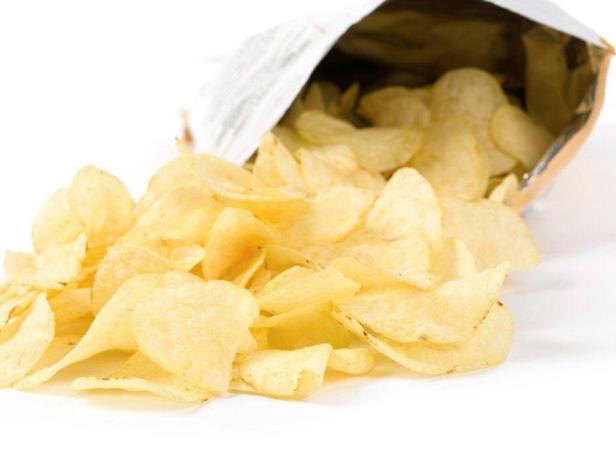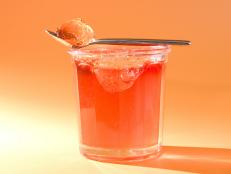Label Decoder: Olestra

When I was in graduate school, some of my fellow dietetic students tracked down one of the first stores where the nonfat fried chips were being sold. The employee that answered the phone explained how he’d downed an entire package and had a horrible stomach ache (though he was a bit more descriptive of his symptoms). From that day on, I knew chips fried in Olestra weren’t all they were cracked up to be.
Olestra is a synthetic fat that goes by the brand name “Olean.” It acts and tastes like fat in food, but isn’t digestible by the body. Basically, it passes right through you. This also means that olestra has no calories (since your body doesn’t absorb it).
Olestra is used as a fat substitute primarily in fried snack foods like chips. Proctor & Gamble originally decided to market olestra as a way to help people lose weight and lower the risk of heart disease.
Olestra is known to cause diarrhea, stomach cramps, flatulence, and sometimes these symptoms can be very severe. It also reduces the body’s ability to absorb certain vitamins that attach themselves to fat (called fat-soluble vitamins), including vitamin A, D, E and K.
The Center for Science in the Public Interest (CSPI) categorized olestra as unsafe and says it’s best to avoid it. Instead, choose baked chips without olestra that won’t give you the potentially dangerous side effects. CSPI also urges folks to fill out this form if they’re afflicted with the above symptoms after eating foods containing olestra.
Toby Amidor, MS, RD, CDN, is a registered dietitian and consultant who specializes in food safety and culinary nutrition. See Toby's full bio »































